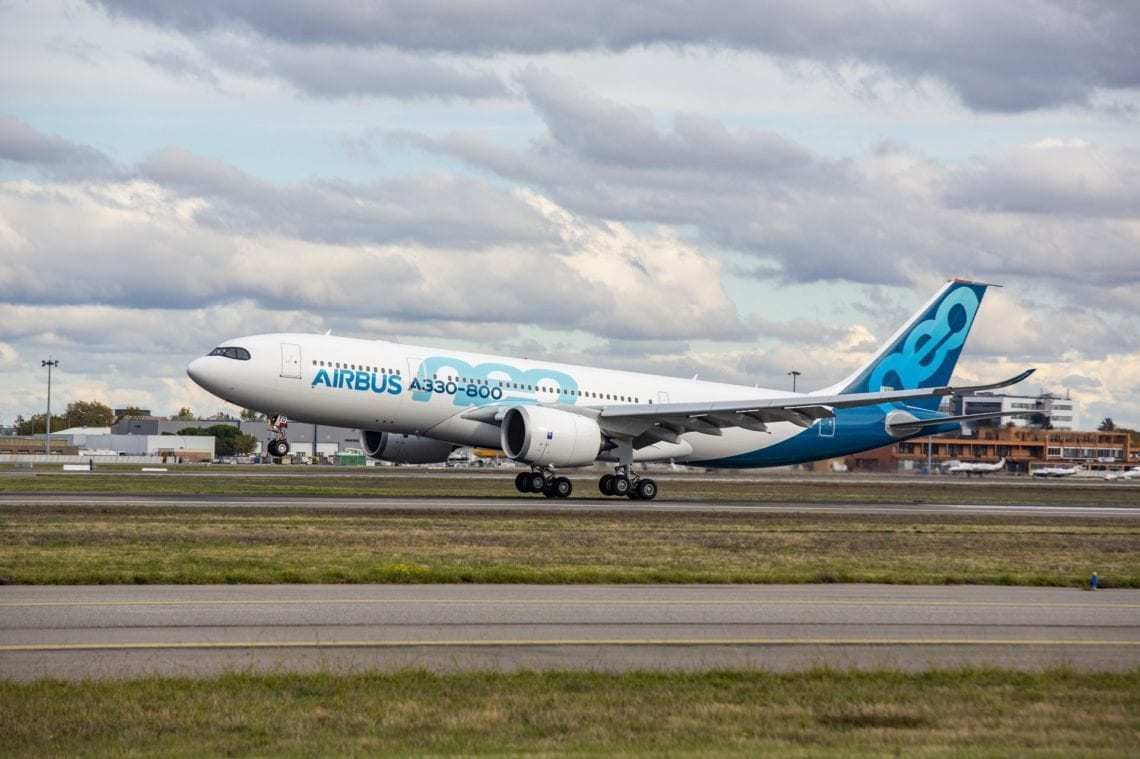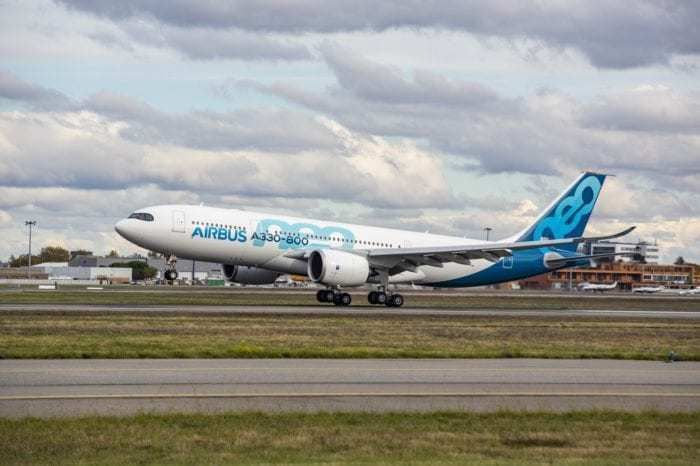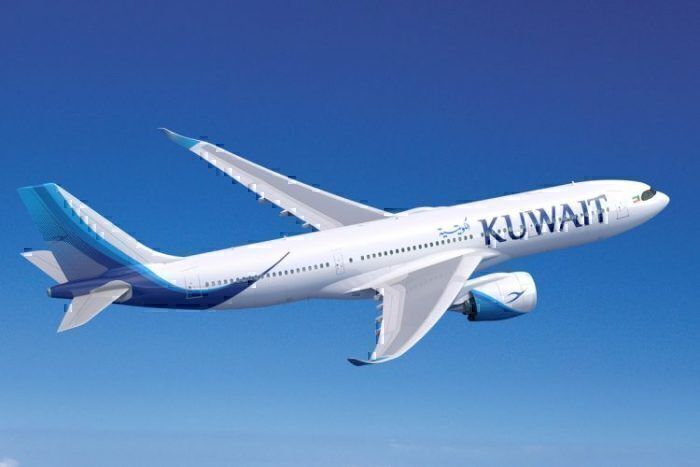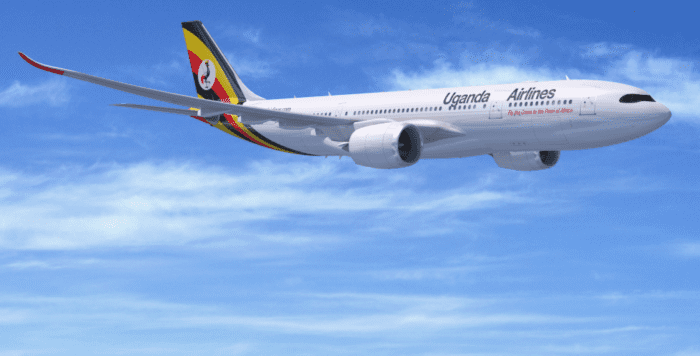Last week, we received news that the Airbus A330-800 has finally achieved joint Type Certification from European and American civil aviation regulators. With this milestone achieved, airlines can feel even more confident adding the aircraft to their fleets. However, this smaller variant of the A330neo has only been ordered by a few airlines, in small quantities. Today we'll look at what other airlines around the world might benefit from the A330-800.
The orders so far
So far, only a small number of airlines have ordered the A330-800. In fact, Kuwait Airways has eight on order while Uganda Airlines has just two. Furthermore, there are four logged as sold to an ‘undisclosed customer’. In the most recent development, Air Greenland announced it would be taking one aircraft to replace its aging A330-200.
Benefits over the -900
The A330-800 can carry up to 406 passengers (typically 257) with a range of 15,094 km. This is contrasted with the A330-900, which can carry up to 440 passengers (average 287 in a three-class layout) to a range of 13,334 km. The -900 is clearly geared towards increased passenger capacity. The -800, on the other hand, is weighted towards increased range.
There's one more thing that the -800 has over its big brother: it can land at smaller runways. In fact, the -800 has one of the shortest runway requirements out of all the new generation aircraft (A350, 787, A330neo, 777X) and thus why it was chosen by Air Greenland.
Who is the -800 suited for?
Looking at the numbers and the key benefits of range and a shorter-runway requirement, it would make sense that the A330-800 is best suited to smaller airlines at smaller airports. This is because smaller airports often have shorter runways, while smaller airlines typically see lower passenger demand and have smaller budgets. A smaller budget would favor the cheaper -800.
In fact, at 2018 list prices (2019 price weren't published), Airbus was selling the -800 for roughly 12% less. In solid dollar figures that's US$36m less than the -900. While we know list prices are rarely adhered to, it's clear that the -800 is the cheaper aircraft.
With the -800's phenomenal range, we think this aircraft is suited for airlines that want to fly long-haul routes - or at least want to have that option. Considering this and the above criteria, perhaps some of the following airlines would most benefit from the -800:
Aerolineas Argentinas: This is an airline with relatively small operations compared to the American and European giants that serve Argentina's capital - Buenos Aires. The airline could efficiently serve Europe, North America, and Oceania with the -800. Right now, the majority of its widebody fleet is in fact A330-200s.
Air Astana: The Kazakh airline has its sights set on offering more international routes. Right now, the airline only has the 767-300 as a widebody. These aircraft aren't old by any means but the A330-800 might be a great successor.
Fiji Airways: While Fiji Airways already has two Airbus A350s, it also has five A330-200s that will eventually need replacing. Considering Fiji Airways' relatively small aviation footprint and its isolated location, the airline would benefit from the -800's range.
Conclusion
It's a shame that more airlines aren't placing orders for this fantastic jet. It seems that most airlines are positioned well enough geographically to prefer increased passenger capacity over an increased range.
Do you agree or disagree with this assessment? What airlines would you like to see the A330-800 fly with? We would love to know what you think! Let us know in the comments.




